Pets are curious about the world and explore their environment with their noses and mouths. You may be familiar with the phrase, “curiosity killed the cat,” but dogs and cats are equally skilled at getting into things that could land them in the emergency room. Other common emergencies may occur when pets aren’t adequately supervised, or because of accidental carelessness. Thankfully, many of the most common pet emergencies can be prevented by following a few simple safety tips. The Burlington Veterinary Center team lists the most common avoidable pet emergencies and how to keep your pet out of trouble.
#1: Pet poisonings
One of the most common pet emergencies involves poisoning from human foods, medications, household items, and plants. Pet owners may be unaware of the dangers surrounding these everyday items, and not take the necessary precautions to keep them out of reach. The best thing you can do to prevent pet poisonings is to educate yourself by visiting the ASPCA Animal Poison Control Center or the Pet Poison Helpline. These sites also have resources that can help you in the event your pet suffers acute poisoning. You may be surprised by the number of harmful things lurking in your home, but you can take steps to prevent a poisoning mishap, including:
- Securing medications — Common human medications, such as Advil or Tylenol, can be harmful to pets. Never give your pet medication without your veterinarian’s advice, and keep all medications in a high cabinet or drawer.
- Avoiding toxic plants — Lilies are toxic to cats and can cause catastrophic organ failure with only a small nibble. The answer? Don’t keep lilies in or around your home if you own cats. Many other plants also are toxic to dogs and cats, so check the ASPCA’s list of toxic plants. Don’t take the risk and assume your pet won’t eat plant material—they likely will.
- Prevent access to toxic foods — Assume your pet will go to great lengths to eat anything tasty, including breaking out of a kennel or moving furniture to allow easier countertop access. Don’t leave your pet unsupervised around toxic foods, and don’t leave these foods out on the counter. Check out the ASPCA list of toxic foods if you aren’t sure what your pet can and can’t eat safely.
- Secure bags and purses — Unsafe goodies, such as xylitol-containing gum or e-cigarettes, often hide in purses or backpacks. Secure these bags out of reach.
#2: Fight and bite injuries in pets
Most fights between pets happen with animals who are unfamiliar with each other, and bite wounds almost always introduce infection into tissues and cause damage to deeper structures. That means all bite wounds should be evaluated immediately. While you can’t control other people’s pets, you can avoid situations that may lead to fights and bite wounds, including:
- Dog parks — When many unfamiliar animals gather, supervised by inexperienced pet owners, chaos can ensue. Day care may be a safer option for group exercise, since pets are likely to be supervised by professionals and grouped according to personality, play style, and size.
- Loose pets — Always ensure your pet is secured when you’re out and about, and supervise them in fenced areas. A loose collar can allow your pet to slip out and engage with another pet, and a leashed dog approached by a loose, unfamiliar pet may feel threatened and bite. Conversely, if your pet is approached by a strange, loose pet, use extreme caution and avoid the pet if possible.
#3: Trauma in pets
The most common traumatic event resulting in emergency visits happens when pets escape their collar, fence, or home, and get hit by a car. Even if your pet is only “lightly bumped” by a vehicle, they may have internal injuries that show up later. As a result, all such events are considered emergencies. You should do everything you can to help your pet avoid the possibility of being struck by a vehicle, including ensuring collars and harnesses fit correctly, inspecting fences regularly, supervising them when they’re outside, and ensuring they are safely away from the door when guests are coming and going. You also should consider spaying or neutering your pet to reduce their urge to wander.
#4: Heatstroke in pets
Dogs aren’t great at cooling themselves, making them prone to heatstroke. Heatstroke happens quickly when pet owners fail to recognize the signs of distress or understand the risk certain pets face. Older, obese, and short-nosed pets are at higher risk of developing heatstroke, although it can happen to any pet. To prevent heatstroke in pets:
- Avoid enclosed spaces — Temperatures in cars sitting in the sun can soar to over 100 degrees in only a few minutes, and cracking a window won’t help. Never leave your pet in the car in direct sunlight or when outside temperatures are above 70 degrees.
- Be aware of heat and humidity — Pets can only pant to cool off, so their body temperature can rise when outside temperatures or humidity are high. If you are feeling uncomfortable from environmental conditions, your pet is likely feeling worse.
- Avoid activity during peak heat — Don’t walk or exercise your pet during the hottest parts of the day, especially if you have a higher-risk pet.
- Provide water — If you must exercise or walk your pet in the heat, bring plenty of water for both of you. Take frequent breaks, and walk in the shade when possible.
- Observe your pet — Pay attention to your pet’s cues. Never leave them unsupervised outdoors in the heat, and watch for signs of heat stress, such as diarrhea, lethargy, and extreme panting. Bring them indoors right away if you see any of these signs.
#5: Vomiting, diarrhea, and gastrointestinal obstruction in pets

Not all vomiting or diarrhea causes are preventable; however, gastrointestinal (GI) upset, pancreatitis, or GI obstruction can result when pets consume too many treats, new foods, or inedible items. You can avoid these situations by:
- Supervising your pet — Watch your pet when outdoors, and preferably keep them on a leash. You never know what a pet will find tasty, and most “found” things cause stomach upset.
- Changing diets slowly — Pets need an acclimation period to adjust to new foods, so never change their diet suddenly.
- Avoiding table scraps and excessive treats — Treats should make up less than 10 percent of your pet’s diet and should not contain excessive fat.
Not all emergencies are preventable in pets, but taking the time to prepare can help you avoid the ones that are. If you believe your pet needs emergency veterinary care, or you have questions regarding pet emergencies, call us to schedule a visit with our Burlington Veterinary Center team, or call your local emergency veterinarian for guidance.


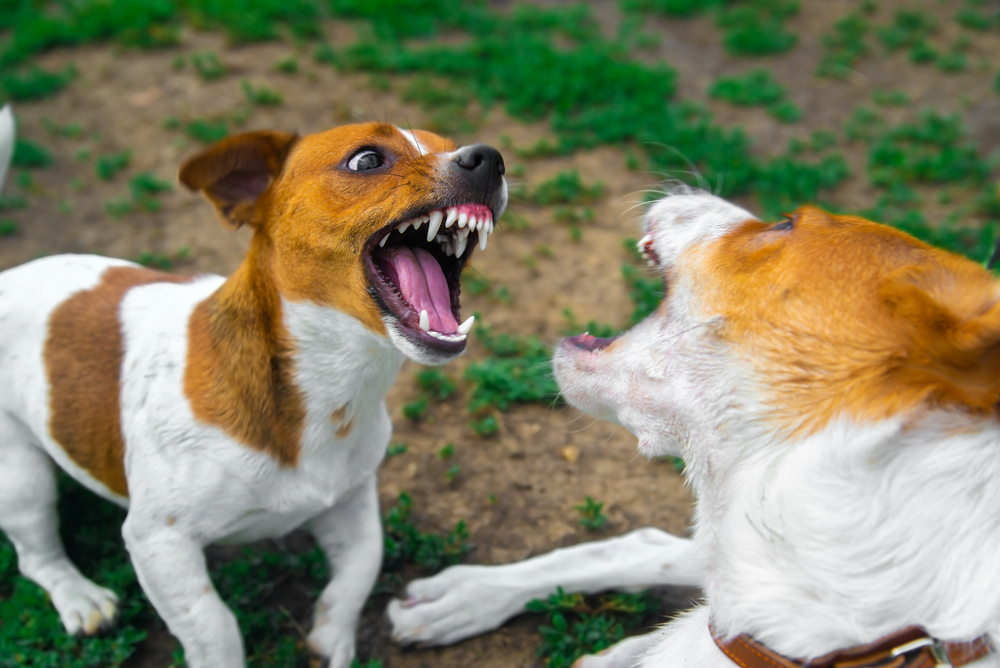
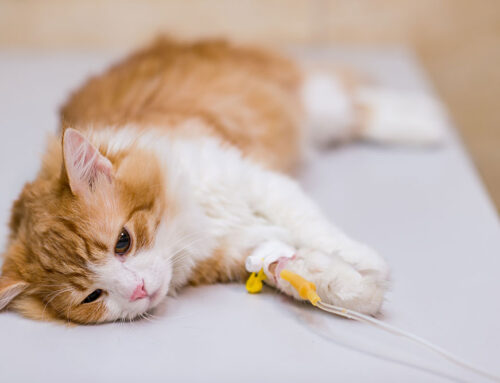
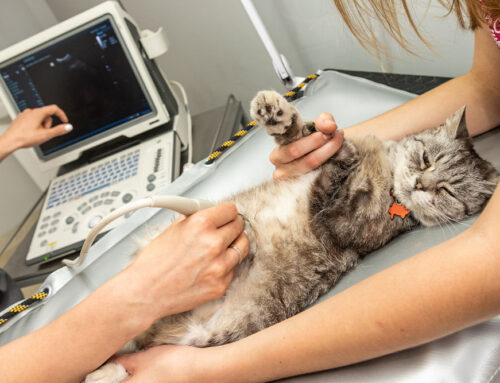
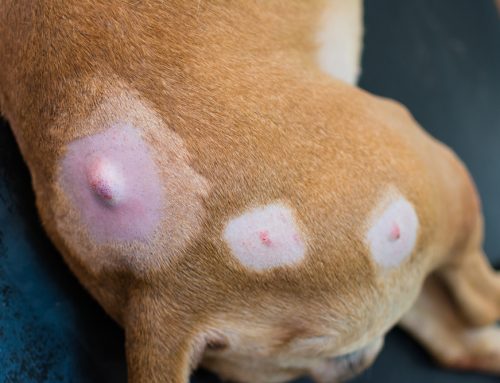
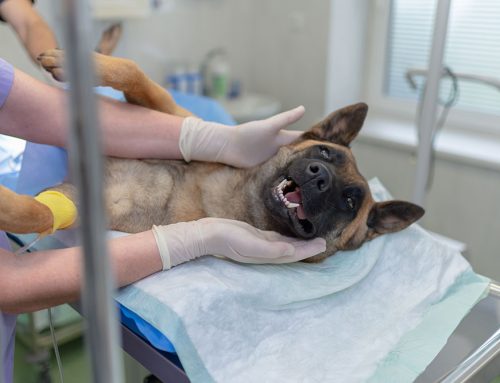
Leave A Comment